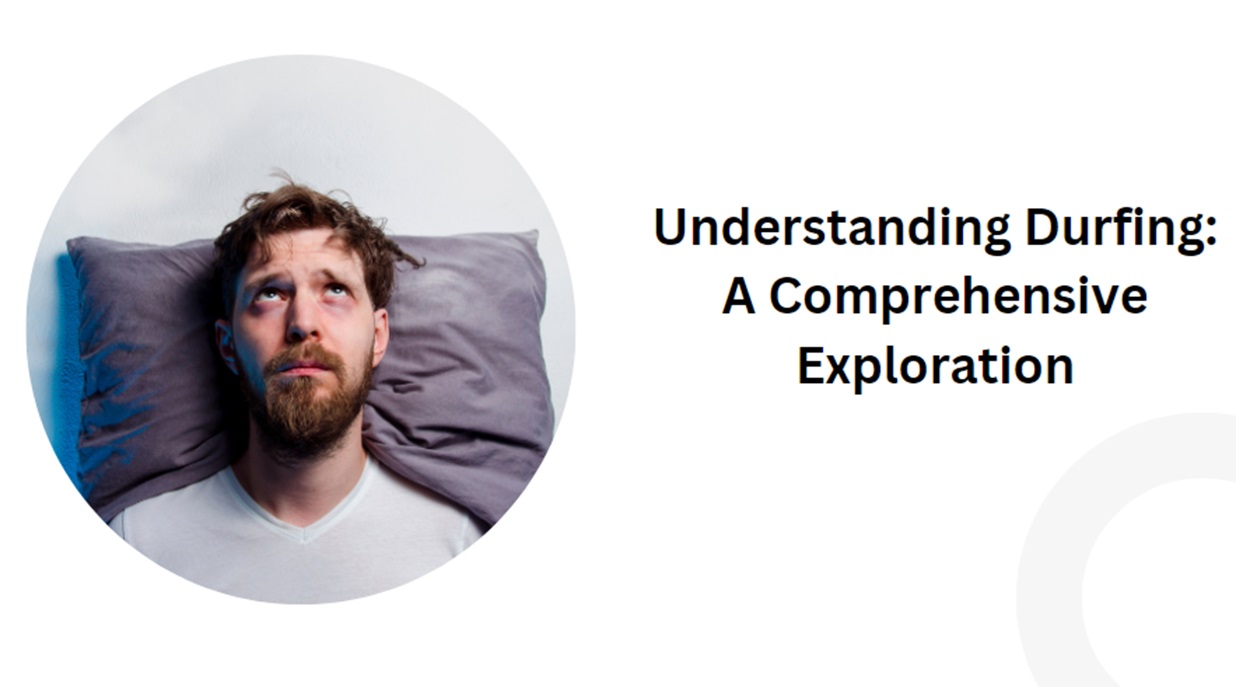
Durfing is a term that has garnered a variety of meanings across different contexts, from intimate relationships and internet usage to social media behaviors. This article will explore the multiple dimensions of durfing, providing a comprehensive understanding of its various connotations, origins, implications, and societal impact.
Table of Contents
The Origins of Durfing
Historical Background
The term “durfing” appears to have emerged in different subcultures over time, gaining unique definitions based on the context in which it is used. While its precise origin is unclear, the earliest documented use points to distinct behaviors associated with dry humping and internet browsing.
Etymology
The etymology of “durfing” varies with its context. In the realm of intimacy, it is believed to combine the words “denim” and “surfing,” reflecting the physical act of dry humping while clothed. Conversely, in the context of internet usage, it is a portmanteau of “doing” and “surfing,” signifying aimless browsing online.
Durfing in Intimate Relationships
Definition and Context
In the context of intimate relationships, particularly among members of the LDS (Mormon) community, durfing refers to the act of dry humping while making out. This practice is often adopted by individuals who wish to maintain abstinence before marriage while still expressing physical affection.
Cultural and Religious Significance
For many young Mormons, durfing serves as a means to navigate the strict boundaries of premarital sexual activity. The LDS Church places significant emphasis on chastity, and durfing becomes a way for young couples to explore physical closeness without engaging in intercourse. This practice reflects broader societal and cultural attitudes towards sex and abstinence within conservative religious communities.
Psychological and Emotional Implications
The practice of durfing can have various psychological and emotional impacts on individuals. For some, it serves as a satisfying way to express love and affection within the bounds of their faith. However, it can also lead to frustration and confusion, especially if one partner is more inclined towards maintaining strict boundaries than the other. This discrepancy can lead to feelings of guilt, shame, and pressure, particularly if societal or religious expectations weigh heavily on the individuals involved.
Durfing as Aimless Internet Browsing
Definition and Behavior
In the digital age, durfing has also come to describe the act of aimlessly browsing the internet without a specific purpose. This behavior is often seen as a way to pass the time or procrastinate, involving extensive scrolling through social media, news sites, or other online platforms.
Impact on Productivity
Durfing, in this context, is frequently associated with decreased productivity. Individuals who spend significant amounts of time durfing may find it difficult to focus on tasks, leading to procrastination and inefficiency. This behavior can be particularly detrimental in academic or professional settings, where time management and productivity are crucial.
Psychological Effects
The psychological effects of durfing as internet browsing can be profound. Studies have shown that excessive time spent on social media and other online platforms can lead to feelings of loneliness, anxiety, and depression. The constant comparison to others’ curated online personas can exacerbate feelings of inadequacy and dissatisfaction with one’s own life.
Strategies to Combat Durfing
To mitigate the negative effects of durfing, individuals can adopt various strategies:
- Setting Time Limits: Allocating specific times for internet use can help manage and reduce aimless browsing.
- Mindful Browsing: Being conscious of the content consumed and its impact on mental well-being can promote healthier internet habits.
- Engaging in Offline Activities: Pursuing hobbies, exercise, and face-to-face interactions can provide fulfilling alternatives to durfing.
Durfing as Online Deception
Definition and Behavior
A more recent and concerning use of the term durfing refers to the act of posting false or misleading information online to gain attention, sympathy, or manipulate others. This behavior is prevalent on social media platforms, where individuals fabricate stories, exaggerate personal experiences, or create fake personas to engage with an audience.
Motivations Behind Durfing
The motivations for durfing in this context are varied. Some individuals engage in this behavior to seek validation and attention from their online communities. Others may use durfing as a coping mechanism for feelings of inadequacy or low self-esteem. Additionally, the desire for social media fame and the associated rewards, such as followers and engagement, can drive individuals to fabricate content.
Consequences of Durfing
The consequences of durfing as online deception can be severe:
- Loss of Credibility: Individuals who are discovered to be durfing risk losing their credibility and reputation, both online and offline.
- Emotional Harm: Those who fall victim to false narratives may experience emotional distress and betrayal.
- Spread of Misinformation: Durfing contributes to the broader issue of misinformation online, which can have far-reaching societal impacts.
Combating Durfing
To combat durfing in the realm of online deception, several measures can be taken:
- Fact-Checking: Encouraging critical thinking and fact-checking before sharing information can reduce the spread of false content.
- Reporting Mechanisms: Social media platforms should have robust reporting mechanisms to address and remove deceptive content.
- Education and Awareness: Raising awareness about the impact of durfing and promoting digital literacy can help individuals navigate the online space more responsibly.
The Broader Implications of Durfing
Social and Cultural Impact
Durfing, in its various forms, reflects broader social and cultural phenomena. The practice of durfing in intimate relationships highlights the tension between modern sexual expression and traditional values. Meanwhile, durfing as aimless internet browsing and online deception underscores the challenges of navigating the digital landscape.
The Role of Technology
Technology plays a significant role in facilitating durfing. The ubiquitous presence of smartphones and the internet makes it easy for individuals to engage in aimless browsing or create deceptive content. As technology continues to evolve, it will be important to develop tools and strategies to address the negative aspects of durfing.
Future Directions
Looking forward, several trends and developments could shape the future of durfing:
- Advancements in Technology: As technology continues to advance, new forms of durfing may emerge. It will be important to stay vigilant and adapt strategies to address these developments.
- Cultural Shifts: Changing societal attitudes towards sex, relationships, and online behavior could influence the prevalence and perception of durfing.
- Mental Health Awareness: Increased awareness of mental health issues and their connection to digital behavior may lead to more proactive efforts to combat the negative effects of durfing.
Conclusion
Durfing is a multifaceted term with varied meanings across different contexts. Whether it refers to intimate relationships, aimless internet browsing, or online deception, durfing has significant implications for individuals and society as a whole. By understanding the origins, behaviors, and consequences associated with durfing, we can better navigate its challenges and promote healthier, more responsible behaviors. As technology and culture continue to evolve, ongoing awareness and adaptation will be crucial in addressing the complexities of durfing.



